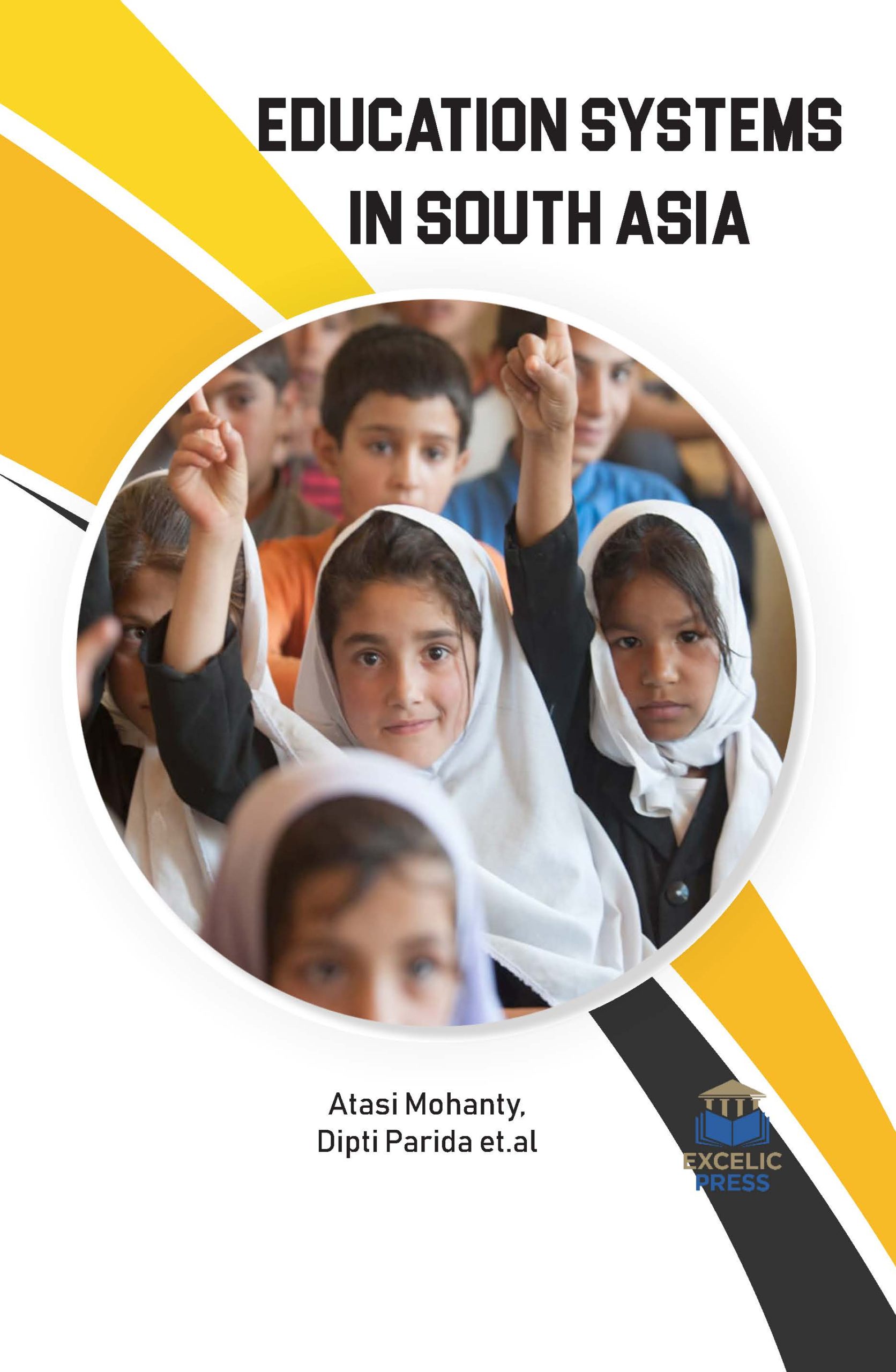Description
Education is one of the fundamental factors of growth in every context. Education is a crucial investment in human and sustainable development and is impacted by the situation within which it occurs. Without considerable investment in human capital, no country can achieve sustainable economic growth. Training enriches people’s understanding of themselves and of the world. This increases the quality of their lives and contributes to broad social benefits for individuals and society. Literacy increases productivity and innovation of people and encourages entrepreneurship and technological advances. It also plays a very important role in ensuring economic and social growth and improving income distribution. Education systems are often inappropriately associated with learning goals. Over the past decades, school education requirements have underscored the potential value of student-centered learning environments in which students are actively involved in higher-level activities and are responsible for their own learning. Student-centered learning environments need to add more active learning approaches to classroom teaching. The current education system in South Asia is characterized by limited access; poor quality and low standards; gender, social and economic inequities; and low levels of public investment. The demands of the twenty-first century are a status symbol, ingenuity, and incorporation of expertise at the global level, research, and logical and analytical thought.
This book contains eleven chapters compiling state of the art studies on education systems and policies in south Asian countries. The first chapter presents a study that aims to compare the impact of flipped mode and the traditional mode of instruction. The second chapter is about a professional development program for beginning high school teachers. The program was designed after identifying, characterizing, and evaluating the professional training needs of beginning teachers, using quantitative and qualitative methodologies via interviews and surveys. Moreover, It emphasizes on engineering education in India: preparation of professional engineering educators; effective education in a college in Bangladesh; a different kind of teacher for a different kind of school; the issues and challenges of using multimedia at a district level, specialized girls’ college in Bangladesh; continuing education for professional development in higher education teaching; remittances, school quality, and household education expenditures in Nepal; and assessment of clinical learning environment, supervision among nursing students, Hyderabad, Sindh, Pakistan. Lack of awareness and education regarding sustainability among students can impact their competence to incorporate sustainability into technology development. Thus, the development of student competence across the curriculum of technology education for sustainability is crucial. The book also aims to explore student competence development in technology education by investigating their awareness of sustainability and to investigate how much sustainability is infused across the technology education curriculum. Finally, the book investigates pathways from school to work in the developing world.





